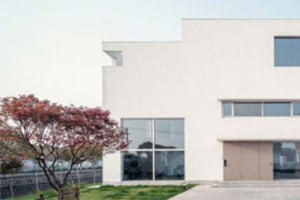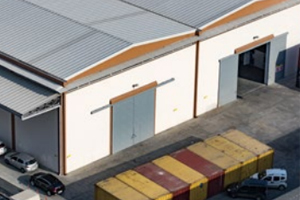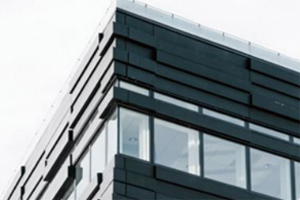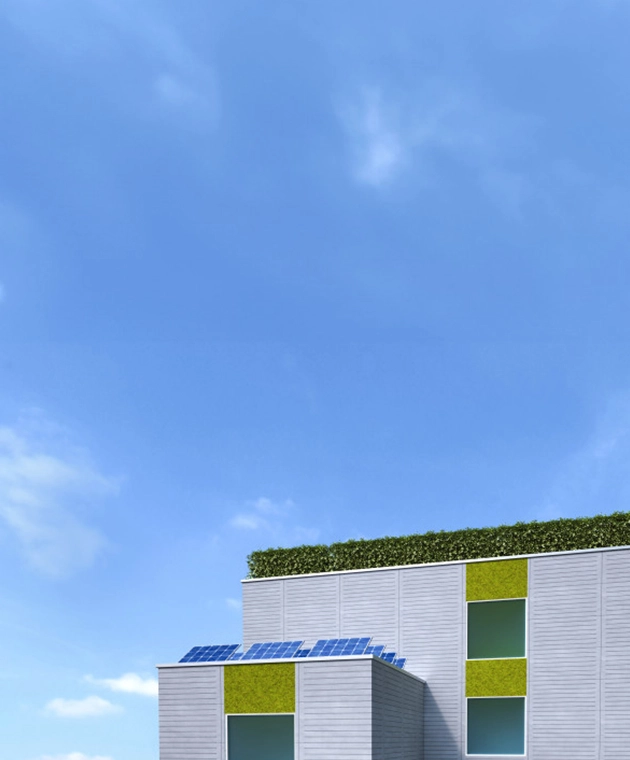When it comes to building wrap construction insulation systems, it is important to choose the right building wrap materials to ensure optimal performance and longevity of the building. One crucial consideration is the need for insulation to regulate indoor temperature. Building wrap material is also essential to protect the insulation layer and the building structure from cracks, mold, and other issues that can arise if the materials are not selected properly.
Advantages of Hypak™ building wrap paper material
Hypak™ building drainable house wrap material is a high-performance membrane that offers exceptional waterproofing and breathability properties. It is known for being easy to install and highly durable. What sets Hypak™ apart is its longevity, as it has the same lifespan as the building itself due to its outstanding physical and mechanical strength.
In addition to its impressive performance, Hypak™ building drainable house wrap paper also contributes to energy efficiency in buildings. It is 100% recyclable and environmentally friendly, making it a sustainable choice.
Hypak™ building wrap insulation material can be applied not only to Building Curtain Wall, but also to Metal/Tile Roof, Cold Storage Floor, window and door gaps, and various other scenarios to make Passive Building. Its versatility allows it to contribute to energy savings in all aspects of building design.
Hypak™ building drainable house wrap material stands as a pinnacle of construction innovation, offering a blend of waterproofing prowess and unparalleled breathability. Its high-performance membrane is renowned for its ease of installation and exceptional durability, making it a preferred choice for builders and contractors alike. What truly sets Hypak™ apart is its remarkable longevity, boasting a lifespan that matches that of the building itself thanks to its robust physical and mechanical strength.
Beyond its impressive performance, Hypak™ building drainable house wrap paper plays a pivotal role in enhancing energy efficiency within structures. Not only does it provide superior insulation, but it is also 100% recyclable and environmentally friendly, aligning with sustainable building practices and regulations.
The versatility of Hypak™ extends far beyond conventional applications. From Building Curtain Walls to Metal/Tile Roofs, Cold Storage Floors, and even sealing window and door gaps, this insulation material can be seamlessly integrated into various scenarios to foster Passive Building designs. By contributing to energy savings across all facets of building design, Hypak™ emerges as an indispensable asset in the quest for sustainable and efficient construction practices.
Incorporating breathable membrane technology, Hypak™ ensures proper airflow while preventing moisture buildup, thus mitigating the risk of mold and structural damage. Its adaptability to diverse environments and structures makes it a versatile solution for modern construction challenges.
With Hypak™, builders can confidently embark on projects knowing they are utilizing a cutting-edge material that not only meets but exceeds industry standards for performance, durability, and sustainability.
Challenges Facing the Construction Industry
Building insulation is crucial for energy saving. The insulation system, typically consisting of porous materials and trapped air, can be susceptible to water vapor, which leads to the doubling of thermal conductivity, resulting in a significant decline in thermal insulation performance. For instance, when the water content in common insulation materials like rock wool reaches around 30%, the thermal conductivity can nearly double.

In the absence of windproof protection, wind with a velocity of 3.6m/s (Level-3) can readily infiltrate a building through seams or cracks in the building's structure. When thermal insulation lacks windproof protection, the movement of air due to convection can significantly diminish a building's thermal insulation performance by up to 30%.

If water vapor in the building insulation does not diffuse timely, it will lead to the accumulation of condensation within the insulation and the building envelope which can have several negative consequences, including increased energy consumption for temperature control and a negative impact on the stability of the building envelope.






 Kingwills International Limited
Kingwills International Limited